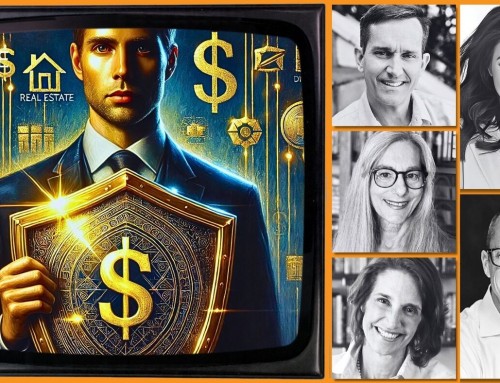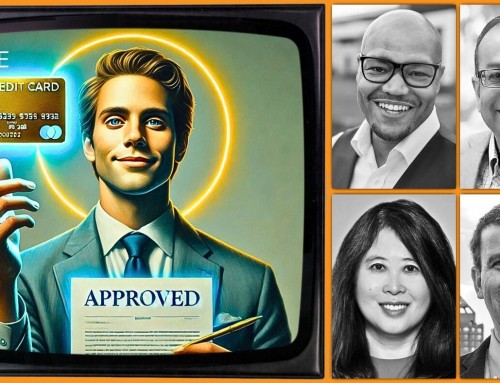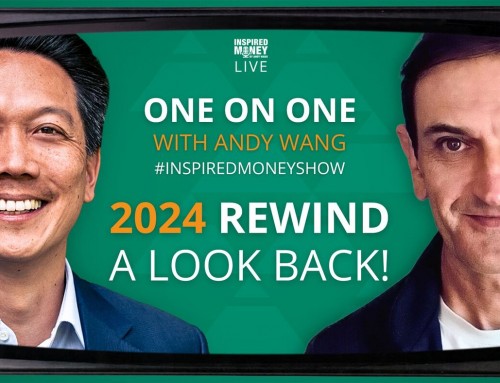This is one of my favorite posts to write every year as we get to look back on Wall Street predictions and see how they panned out. We have done this in 2014, 2015, 2016 and 2017 so it is becoming a tradition to see which strategists did well and which missed the mark.
Last year, the strategists predicted a bull market for 2017 with an average target of +5% for the S&P 500. Needless to say, they badly missed the mark as the S&P 500 has returned over 20% and blew all predictions out of the water. The most bullish was John Stoltzfus but his target was for just 2450 and today the S&P is 2682. The worst miss was the surprisingly bearish Tom Lee who historically was the most bullish on the street almost year in and year out — he picked a bad year to lose his bullish mojo. He expected the market to have a bad first half and basically end flat at 2275. Now let's take a look at their thoughts on 2018…
Predictions for 2018
After looking at all the Wall Street reports, here are the targets from 13 strategists. This year we five new strategists on the list so it should be interesting to see how good they are. Unfortunately two of the most accurate from previous years, David Bianco from Deutsche Bank and Jonathan Glionna from Barclays, have changed jobs and no longer are on the poll.
The good news is that expectations are for the bull market to continue. For 2018, the average price target for the S&P 500 is 2848 or a 6.2% return. Three strategists are expecting another year of double-digit gains while two are forecasting a flat year when you add in dividends.
Let's take a look at the forecasts and I've also included their predictions from last year so you can see if they are bullish or even more bullish. Note that the Runnymede investment team will discuss our outlook on 2018 on our quarterly webcast in the next couple of weeks. If you are interested in attending, please email us at firm@runnymede.com
The Bulls
Stoltzfus remains the most bullish strategist on the street with a 3000 S&P target and that was established on December 8th so he didn't even directly account for tax reform so his target could actually be revised higher. He sees improving economic conditions and corporate fundamentals to boost stocks for a third straight year.
We place a 20.5x multiple on 2018 earnings as we continue to believe the relative/risk reward for US equities remains attractive. Low inflation — which we believe to be a result of an increase in technology and globalization — has kept long-term rates in check, flattened the yield curve, and even resulted in greater near-term risk for bonds than for equities.
JP Morgan's Lako-Bujas also placed his target at 3000. He believes that the reduction of US corporate tax rates may be one of the biggest positive catalysts for US equities this cycle. It is hard to argue against that as the corporate tax rate dropping from 35% to 21% will drop straight to the bottom line and will likely be returned to shareholders via buybacks and dividends. He is also predicting the great rotation out of bonds and into equities. If this is the case, his 3000 target is likely too conservative.
It will likely result in a rotation from bonds to equities, from international to US equities, and from growth to value stocks. We have extensively analyzed the potential impact of this reform, and the degree to which its impact is reflected in prices. In our view, this potential tax catalyst is still far from consensus and only partially priced-in and therefore it should still be a significant source of upside for equities and earnings.
The Bears
Now onto the cautious views of street… Citi's Tobias Levkovich has a flat price for the S&P at 2675. Note that his target was established pre-tax reform so perhaps he will bump it up a bit. Back in November, he stated that “tax cuts could be quite stimulative to S&P 500 EPS” however he argues that investors shouldn't look to tax cuts to keep the market roaring. They are a “one-shot deal” in boosting year-to-year earnings comparisons, and might not even be permanent.
We suspect that investors may not be willing to accord the same P/E for earnings generated by a lower tax rate versus one for underlying operating performance. Nonetheless, even if we assumed half the market multiple on the incremental tax-related EPS gains, it will still be additive to the S&P 500's upside potential.
The most bearish view is from HSBC's Ben Laidler at a price target of 2650 or -1.2%, however, I would expect him to revise his number higher. On December 19th, he stated that “There'll be some movement (in stocks) the more likely it (tax reform) becomes. The S&P's done well and that tells you it's not been priced in yet. The tax cuts could add 7% to large-cap earnings, double that to small-cap earnings… and tax reform should extend this earnings cycle.”
What do you think will happen in 2018? Are you a bull or a bear for the New Year?







